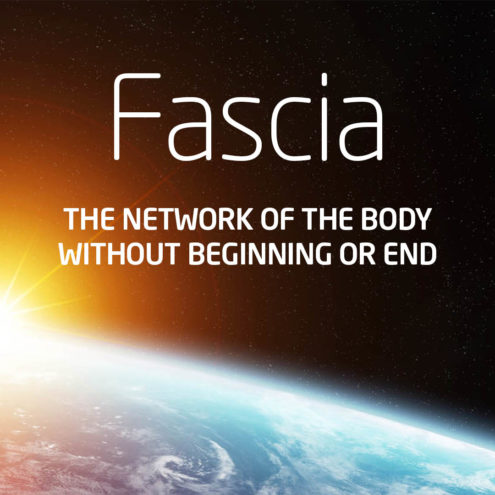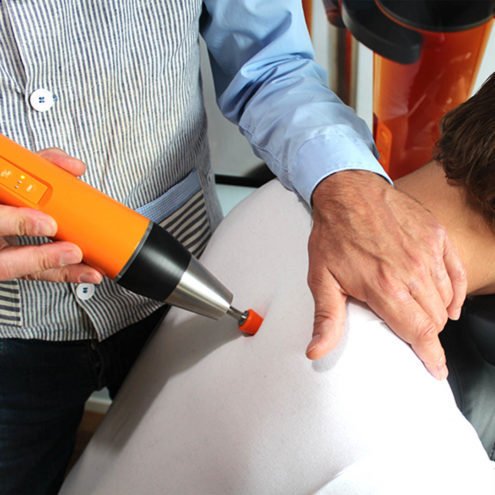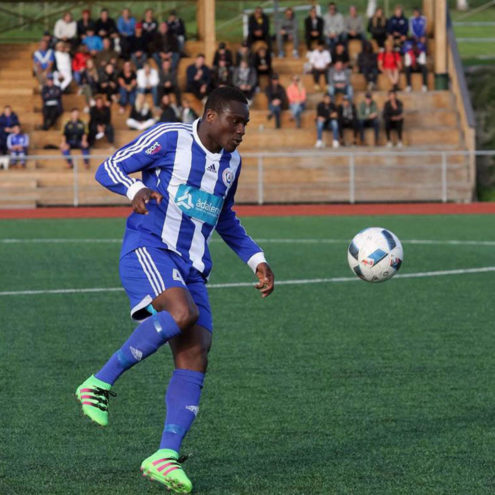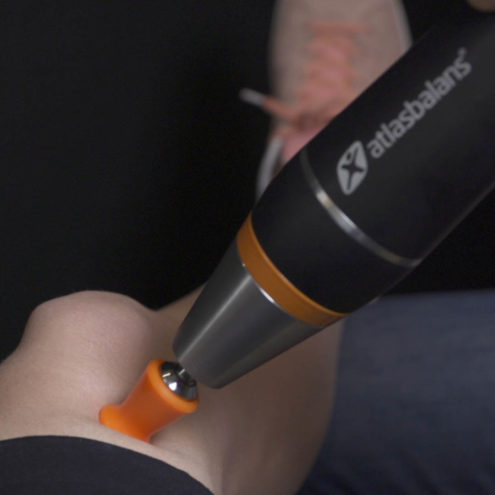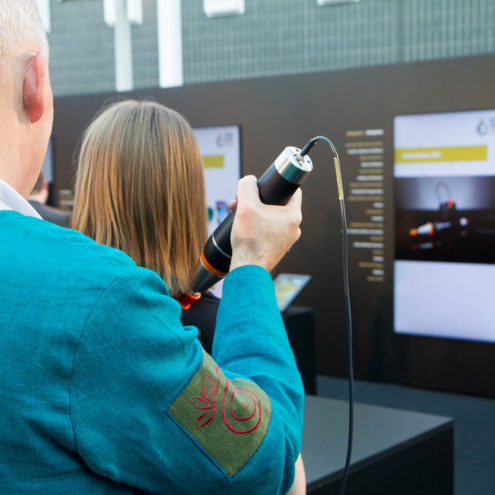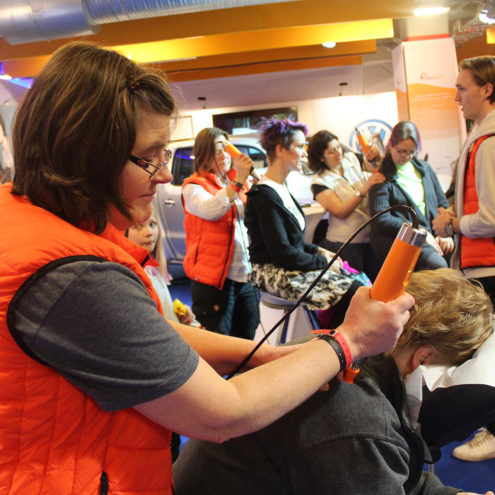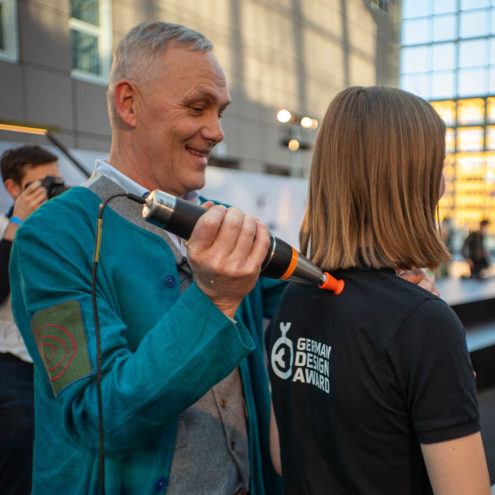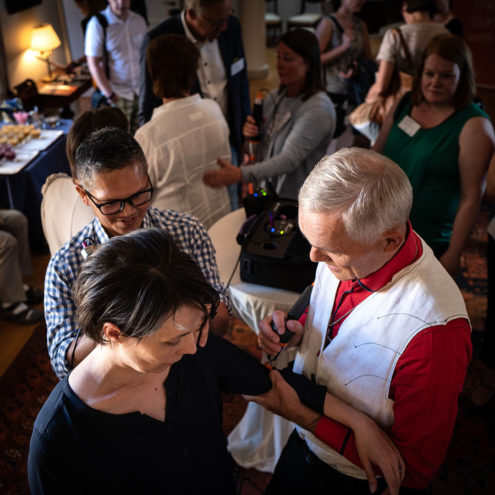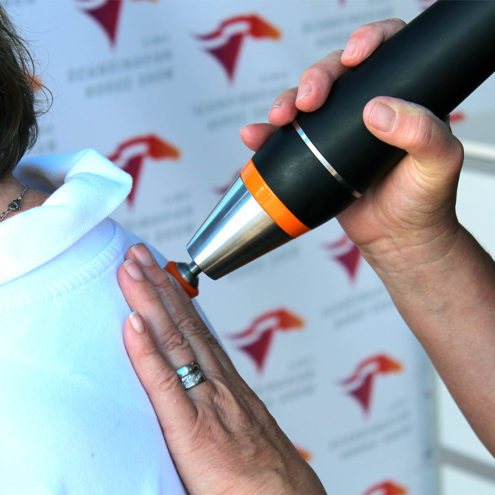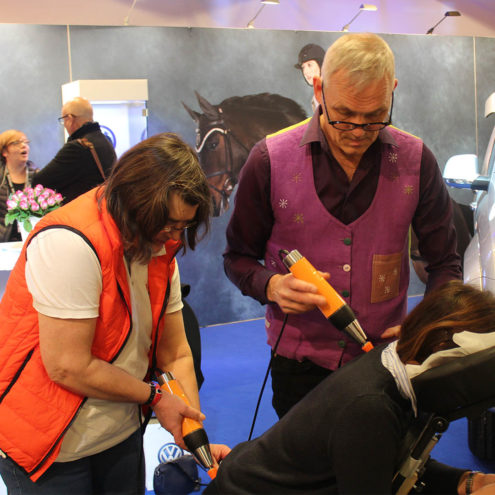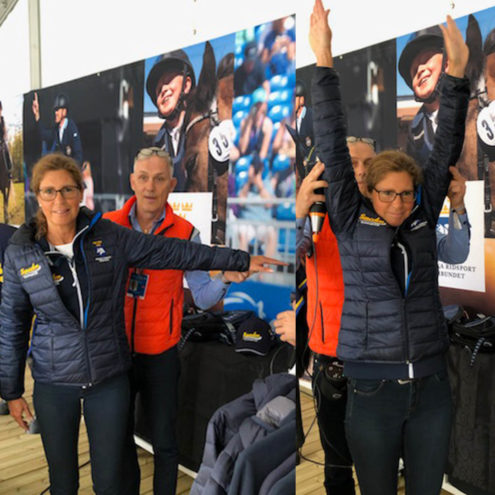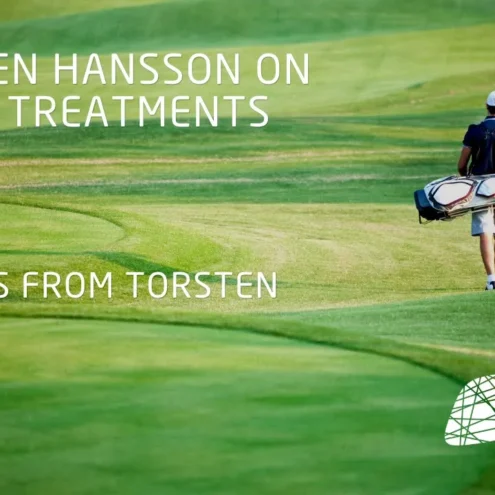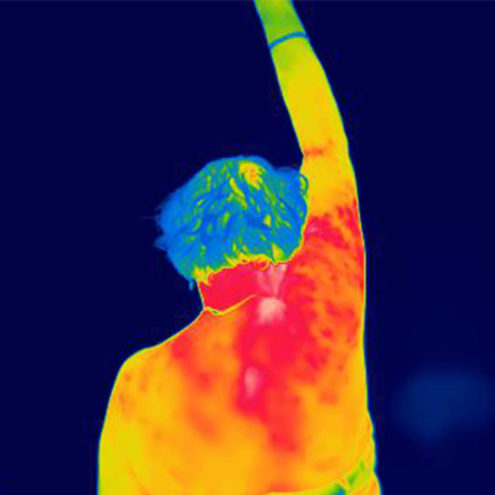Common injuries in equestrian sports – Prevention and Treatment

Horseback riding is not only fun, it is also a sport that exercises the whole body. Riding on the back of a horse not only involves muscle strength, you also need good balance and coordination. As with any sport, there are risks of injury in equestrian sports. Injuries related to equestrian sports are often related to more serious injuries. Avoiding injuries requires examining when and how they occur, optimizing the handling of horses both with and without riders, and using the right protective equipment.
Common types of injuries in equestrian sports
Many injuries in equestrian sports usually occur when a rider falls off the horse and lands on hard ground. Strain injuries to the back and shoulders are also common. Examples of common injuries related to equestrian sports are back injuries, shoulder injuries, wrist injuries, ankle sprains and head injuries.
Back injuries
Many riders develop back problems, especially in the lumbar and lower back. Riding can be jarring to the pelvis and to prevent damage to surrounding tissues, the fascia needs to be able to absorb and dissipate the pressure it is subjected to. If the rider’s pelvis is uneven, the rest of the body will follow the imbalance. This will change the stress pattern in the body and impair the fascia’s ability to dissipate pressure. Too much pressure will cause the fascia to become stiff and have a poorer flow, which will risk wearing out and damaging muscles, bones and joints more easily, even in areas that may be far away from the original injury. Common back problems associated with riding include stiff back muscles such as hip flexors, back aches and pains and even disk injuries. Stiff adductors can also cause back problems.
A rider with an uneven body with different tension patterns will spread to the horse’s body and also change its fascia and movement patterns. The horse will also be negatively affected by an uneven rider. It will impair the horse’s physical and mental performance with an increased risk of injury to itself or to the rider.
Shoulder injuries
Many shoulder injuries in horseback riding occur when the rider is thrown from the horse. The most common shoulder injury is a fracture of the clavicle, dislocation of the shoulder joint or dislocation of the AC joint. Most often, these injuries are of such a serious nature due to the forceful impact with the ground that surgery is required to repair the damage. Again, the pressure from the fall can be transmitted through the body and affect other parts of the body but also the horse when the rider is back on their back.
Wrist injuries
Wrist injuries are most often caused by landing on the wrist or being hit with the hand. Wrist sprains overstretch the ligaments in the wrist, causing small injuries or, in the worst case, complete rupture. The high pressure of the fall can also cause fractures and tendon damage in the wrist. Even if the wrist injury is not serious, the fascia will be stiff from the pressure it received during the fall. This can adversely affect the rider’s grip, which can make it more difficult to coordinate and control the horse’s performance. Impaired wrist function with a stiff fascia can affect the entire axis of motion of the arm as the fascia can spread the pressure further and create adhesions and movement restrictions. An uneven axis of motion means that muscles, joints and ligaments have to work harder with an increased risk of injury.
Ankle sprains
Ankle sprains often occur when a person falls off or is thrown from a horse. During the landing, the foot is folded in so that the ligaments in the ankle are overstretched and damaged or broken completely. Ankle sprains can prevent the rider from riding at all. If you ride with a sprained ankle, the pain can cause you to shank unevenly, it can be difficult to have good balance on horseback and you can easily lose focus on riding. The pressure from the ankle may also have spread up the leg and further so the rider’s body has become uneven with an altered tension pattern in the fascia. This can also be passed on to the horse and make it uneven in its body and movements.
Head injuries
Wearing a helmet can protect the rider’s head from serious injuries in falls and from horse kicks. Most common are concussions. These can vary in severity, but pressure will build up in the skull and can temporarily or permanently disrupt brain functions. The fascia from the head can conduct the pressure further and end up around other body parts so their surrounding tissues are also affected. Our brain and much of our spine are surrounded by three meninges, which also consist of fascia with the same properties. If there is any interruption in the flow of this fascia, it can lead to major problems in the central nervous system. You should never ride with a concussion as there is a greater risk of falling off again, which can lead to even more serious injuries.
Causes and risk factors of equestrian injuries
Horse riding is a sport that requires two individuals to work together in coordination, balance and muscle control. The rider’s body has to withstand the high forces that the horse is subjected to. Riding with an uneven posture, the repetitive work will wear down structures that are not used to or built for the load. For example, a rider often has weak core muscles which can cause back and neck problems. An uneven rider often finds it more difficult to ride their horse and this can lead to serious accidents.
Prevention of equestrian injuries
There are several methods to prevent various riding injuries. Many advocate stretching stiff muscles in the back and legs as a warm-up before getting on horseback. The horse also needs to be warmed up. Proper warm-up increases metabolic activity, increases body temperature and optimizes neuromuscular control which improves movement and balance.
After riding, you need to consider your recovery and that of your horse. It is important to rest and replenish fluids and energy so that the body gets the right building blocks.
As the horse is an individual with different instincts, they need to be managed in the best possible way to prevent riding accidents, whether they have a rider on their back or not. The rider also needs to use the correct protective equipment with the right fit to provide the best possible protection.
Treatment of common riding injuries
Treatment methods for equestrian injuries are often based on the structure that has been affected such as muscle, ligament, tendon or bone. Common treatment methods can include shorter rest periods, light stretching and soft tissue treatment for minor injuries. The RICE method can also be used. For milder pain, over-the-counter painkillers can be used. For more serious injuries, immobilization via orthoses or casts may be required. Sometimes physiotherapy may be required where the rider follows a specially adapted program for the particular injury diagnosed. Physiotherapy allows the rider to return to riding in the best possible way without the risk of further injury, but also prevents the old injury from recurring. Surgery may also be needed to repair severe injuries followed by a longer period of physiotherapy. If the pain is too severe, a doctor may prescribe stronger painkillers.
Rehabilitation and return to riding
An important part of rehabilitation is to consider how the body’s musculoskeletal system adapts to riding and how riding affects it. Injuries are clinically diagnosed with associated therapies that focus on muscle, tendon or bone. Rehabilitation and return to riding often involves training programs based on progressive loading that is adapted to individual requirements. These may include various forms of eccentric training, core training, dynamic stabilization and muscle activation. Although there is little data on how the fascia affects return to activity, it is suggested that treatment should focus on providing specific stimuli to the connective tissue that could speed up recovery.
One suggestion is to use manual techniques in rehabilitation to stimulate the muscle to return from a high tension position to a lower one. In the case of injuries, it is also important to consider the effect of arthrofibrosis (excessive scar tissue) if you choose to immobilize and protect the injury.
How our specialist team at Fascia Clinics can help you
At Fascia Clinics, we take a holistic approach to treating equestrian injuries. Our team of therapists use fascia therapy, a highly effective wellness treatment. The fascia is the network of connective tissue that binds and permeates everything in our body. All cells, tissues (even bone tissue), muscles and organs contain fascia.
Fascia treatment focuses on releasing tension and adhesions in the fascia and increasing its flow. In this way, we can balance the body to reduce pain, improve strength and increase mobility. Reducing pressure and increasing flow in the fascia also helps cell membranes to absorb nutrients and release waste products. The treatment provides a pleasant relaxation and does not hurt. Increased circulation with a more even load can promote the body’s own healing. A more even load also means that the body’s structures are not exposed to excessive wear and tear, reducing the risk of further injury. The horse’s performance is also improved as an even rider does not create an uneven load on the horse. This reduces the risk of the horse sustaining injuries.
During a visit, we analyze the whole body to see where compensations and imbalances are and how they have spread. If there is an imbalance in the body, there is a risk that it will spread and affect other structures such as muscles and joints. That’s why it’s very important to seek help quickly as soon as you notice any symptoms.
By combining traditional medical treatment with fascial therapy, we aim to optimize your recovery and minimize the risk of sustaining further injuries. Visit our website for more information and book a consultation today!
 Search
Search




